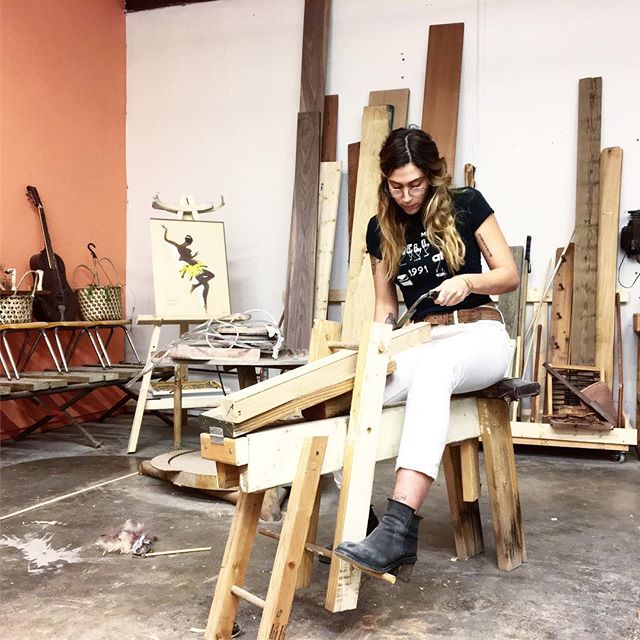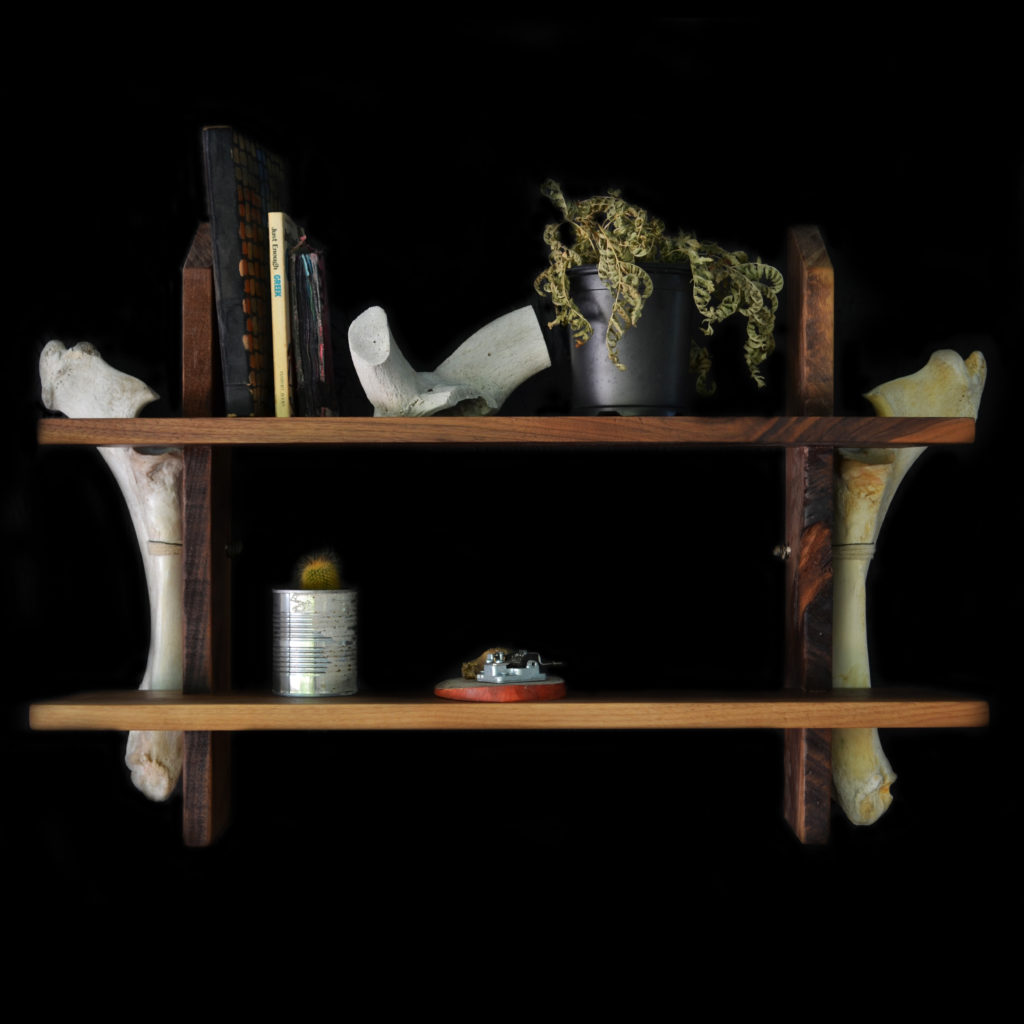We may receive a commission when you use our affiliate links. However, this does not impact our recommendations.
 If you asked me five years ago what I thought I would end up doing with my time, woodworking would have been one of my last guesses. My story begins in a high-rise, towering over the neon-painted beaches of Miami, Florida. I was raised by a single mom, a strong-willed Spaniard with a business of her own who stubbornly managed to become her own handyman, and my brother, a talented musician.
If you asked me five years ago what I thought I would end up doing with my time, woodworking would have been one of my last guesses. My story begins in a high-rise, towering over the neon-painted beaches of Miami, Florida. I was raised by a single mom, a strong-willed Spaniard with a business of her own who stubbornly managed to become her own handyman, and my brother, a talented musician.
In retrospect, I’ve always had an appreciation for all that is crafted flaunting earth’s resources, be it wood, stone, marble, or metals, but the true turning point in my life was attaining a Bachelor of Fine Arts in Interior Design.
We were required to take a furniture design class and I was the first to arrive and the last to leave. I was constantly turning over designs in my mind – one combination of materials that I couldn’t seem to veer from: bone and wood.
I became fascinated with the idea of a furniture line built entirely out of bone and wood that used the bone more “structurally” than what I had already seen –which is through inlays and decorative elements. Often these processes use antlers and other more readily attained bones. My studies in “green design” made it clear to me that the bone would have to be ethically sourced, which would separate what I am doing from taxidermy or anything that could be misconstrued as “offensive” or a “trophy piece”. They would be pieces that honored the life, which to me seemed like the deepest practice of recycling, considering everything will continue to pass.

So, two and a half years ago, I decided I would have to learn how to bring my designs to life myself. After two classes, one a safety course and the other the simplest cutting board class, I became fascinated with woodworking. I was officially on the hunt for a workspace. I received news that there was a garage behind my mom’s new dwelling that I could use and abuse, where I could hone my craft, doubt myself and bleed almost daily. Without thinking twice, I packed my things and made the move from Los Angeles, California, to the greatest country on earth, Texas.
Impatiently watching YouTube videos back to back and reading every book I could get my hands on, I bought all the machines I thought I would need and I couldn’t have been happier – until an acquaintance opened the portal into the world of hand tools. I was overwhelmed by a vast variety of new toys that I felt I needed. He also advised that instead of reading, I should just build, and somehow convinced me to assist him in building a timber-frame barn. Through this experience, I became sold on the use of traditional joinery over-relying on screws and nails. This was also my first hands-on experience with hand tools, with the first person I felt truly took me under their wing, exchanging labor for knowledge. Once I felt a little more comfortable and began to reach out to the wonderful woodworking community via social media, I met Jason Thigpen of Texas Heritage. I began to drive out to his shop as often as I could considering it was a three-hour trek from my house and agreed to assist him and his endlessly talented wife, Sarah, with whatever projects I could.
Over the course of the next year, I expanded my horizons by working on more practical projects like learning to build a fence for their beautiful garden and dove deeper into a craft where I quickly realized that the more I learned, the less I knew.
Today, I take commissions for commercial spaces to fund my personal designs that I work on under the name, Pachamama Workshop.
I’ve found that the divide between hand tools and machines is that the hand tools are like dating someone you thought was way out of your league – intimidating and exciting, but not for everyone. They’ll take you places you never thought existed and push you to be better and more innovative, but they will definitely add time to the labor process if you do not learn how to comfortably handle and, most importantly, maintain them. Because of this, I value both for different jobs, I use hand tools when time is not an issue and I can practice new techniques and joints that I cannot perform with machines – and machines where I have to turn out a project quickly. I enjoy using hand tools more because it feels less like you are hacking away at the wood and you can both feel and understand the grain better. There is also a meditative aspect that comes with quite, tedious and repetitive hand movements involved with the completely “manual” labor.
 My journey into the world of woodworking was not a planned one and is not deeply rooted, passed down by family or the product of lifelong experience. This journey is relatively new to me and I am doing it because I absolutely love trying to figure it out, though oftentimes that involves appreciating the failures just as much as the feats. I would love nothing more than to share this exciting time in my life with those who can appreciate the struggle of learning a new craft – I have designs that I truly believe in. But I am still growing in the craft every day and I’m thrilled to work my way through the obstacles with the guidance and support of the community in exchange for an honest view into the “behind-the-scenes” of a growing artist. Thank you for taking the time to get to know me and I’m excited to share what’s coming with both those who are just at the beginning and those far ahead of me.
My journey into the world of woodworking was not a planned one and is not deeply rooted, passed down by family or the product of lifelong experience. This journey is relatively new to me and I am doing it because I absolutely love trying to figure it out, though oftentimes that involves appreciating the failures just as much as the feats. I would love nothing more than to share this exciting time in my life with those who can appreciate the struggle of learning a new craft – I have designs that I truly believe in. But I am still growing in the craft every day and I’m thrilled to work my way through the obstacles with the guidance and support of the community in exchange for an honest view into the “behind-the-scenes” of a growing artist. Thank you for taking the time to get to know me and I’m excited to share what’s coming with both those who are just at the beginning and those far ahead of me.
Until next time,
Here are some supplies and tools we find essential in our everyday work around the shop. We may receive a commission from sales referred by our links; however, we have carefully selected these products for their usefulness and quality.








